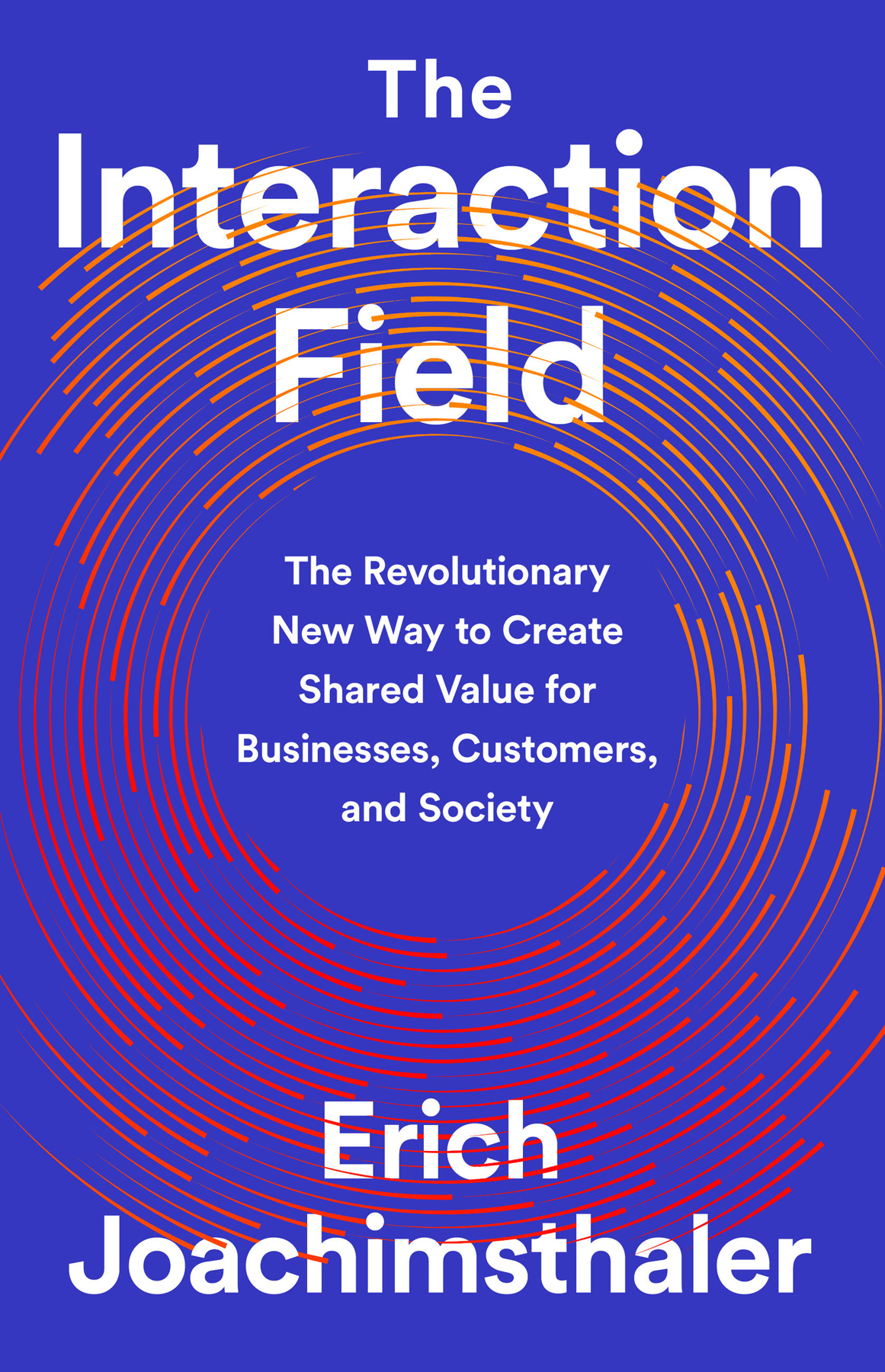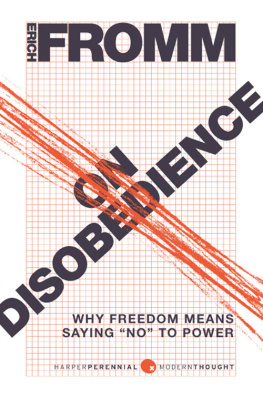Erich Joachimsthaler - The Interaction Field
Here you can read online Erich Joachimsthaler - The Interaction Field full text of the book (entire story) in english for free. Download pdf and epub, get meaning, cover and reviews about this ebook. year: 2020, publisher: PublicAffairs, genre: Politics. Description of the work, (preface) as well as reviews are available. Best literature library LitArk.com created for fans of good reading and offers a wide selection of genres:
Romance novel
Science fiction
Adventure
Detective
Science
History
Home and family
Prose
Art
Politics
Computer
Non-fiction
Religion
Business
Children
Humor
Choose a favorite category and find really read worthwhile books. Enjoy immersion in the world of imagination, feel the emotions of the characters or learn something new for yourself, make an fascinating discovery.

- Book:The Interaction Field
- Author:
- Publisher:PublicAffairs
- Genre:
- Year:2020
- Rating:3 / 5
- Favourites:Add to favourites
- Your mark:
- 60
- 1
- 2
- 3
- 4
- 5
The Interaction Field: summary, description and annotation
We offer to read an annotation, description, summary or preface (depends on what the author of the book "The Interaction Field" wrote himself). If you haven't found the necessary information about the book — write in the comments, we will try to find it.
The Interaction Field — read online for free the complete book (whole text) full work
Below is the text of the book, divided by pages. System saving the place of the last page read, allows you to conveniently read the book "The Interaction Field" online for free, without having to search again every time where you left off. Put a bookmark, and you can go to the page where you finished reading at any time.
Font size:
Interval:
Bookmark:

Copyright 2020 by Erich Joachimsthaler
Cover design by Pete Garceau
Cover copyright 2020 Hachette Book Group, Inc.
Hachette Book Group supports the right to free expression and the value of copyright. The purpose of copyright is to encourage writers and artists to produce the creative works that enrich our culture.
The scanning, uploading, and distribution of this book without permission is a theft of the authors intellectual property. If you would like permission to use material from the book (other than for review purposes), please contact permissions@hbgusa.com. Thank you for your support of the authors rights.
PublicAffairs
Hachette Book Group
1290 Avenue of the Americas, New York, NY 10104
www.publicaffairsbooks.com
@Public_Affairs
First Edition: September 2020
Published by PublicAffairs, an imprint of Perseus Books, LLC, a subsidiary of Hachette Book Group, Inc. The PublicAffairs name and logo is a trademark of the Hachette Book Group.
The publisher is not responsible for websites (or their content) that are not owned by the publisher.
Library of Congress Cataloging-in-Publication
Data Names: Joachimsthaler, Erich, 1956 author.
Title: The interaction field : the revolutionary new way to create shared value for businesses, customers, and society / Erich Joachimsthaler.
Description: First edition. | New York : PublicAffairs, 2020. | Includes bibliographical references and index.
Identifiers: LCCN 2020003216 | ISBN 9781541730519 (hardcover) | ISBN 9781541730526 (ebook)
Subjects: LCSH: Social responsibility of business. | Consumer satisfaction. | Customer relations.
Classification: LCC HD60 .J63 2020 | DDC 658.4/06dc23
LC record available at https://lccn.loc.gov/2020003216ISBNs: 978-1-5417-3051-9 (hardcover), 978-1-5417-3052-6 (ebook)
E3-20200815-JV-NF-ORI
F or most of my career, which spans four decades, the conventional wisdom about a companys ability to create value was that it comes in the form of competitive advantage, differentiation, and growth, usually evaluated in terms of tangible assets, revenue, and profit.
In todays digital agecharacterized not only by networks but by data-driven technologies, including artificial intelligence (AI), machine learning, and, soon, quantum computingwe have to think differently about how businesses create value.
The interaction field describes a new phenomenon that is just emerging and can be glimpsed in a handful of wildly successful companies such as Alibaba, Apple, Netflix, Google, and Amazon. It can also be found in some traditional businesses, from farming to fashion.
Interaction field companies thrive on the participation in value creation by many different groups: the company itself, its customers, suppliers, partners, and other stakeholdersas well as other entities you might not expect to see in the mix, such as competitors, observers, independent researchers, and government agencies.
By participating in these interconnected groups, interaction field companies can achieve a kind of unstoppable momentum and wild expansion that I call velocity. It is a new form of multidimensional, constantly accelerating, explosive and smart growth that goes far beyond the traditional measures of sales increase, profit, or market capitalization.
Velocity sounds complicated, perhaps, but nothings uncomplicated in this era of disruption, so let me simplify it with a metaphor. If you live in New York City, as I do, you quickly learn about the power of velocity just from trying to get around town. If you step out of a taxi on the wrong side of the car at the wrong moment, for example, you may step into the path of an oncoming bus and be killed instantly. Get out the other side, and you risk an early demise from a bicyclist bombing toward you at top speed.
Now, that seems counterintuitive. A bike and a rider can be just as deadly as a loaded bus that weighs ten tons or more? For sure. The bus gets you with mass. The bike gets you with velocity. Most traditional companies are like a fully loaded bus. They thrive by creating enormous scale and assets, huge distribution networks, technology infrastructure, and big brands and reputations.
But then along comes a bike-like rival that has very little mass, doesnt care much about conventional practices in the business, and has a much smaller center but enormous velocityit either rushes past its competitors or mows them down.
The traditional company is like BASF, Deutsche Bank, Siemens, or Volkswagen in Germany; or GE, General Motors, or Procter & Gamble in the United States; or Santander, Iberdrola, or Telefnica in Spain. These companies are the incumbent leaders in their industries. They run well-oiled, well-optimized value chains or pipeline businesses.
Consider a simple comparison between a traditional restaurant (the bus) and a food delivery business (the bike). In New York, a fine-dining restaurant is a combination factory, retail shop, and service provider. It costs about $300,000 to open a relatively small caf or fast-casual restaurant in New York, and up to $10 million to set up a four-star establishment. Whatever form it takes, the restaurant will be dealing with fixed costs, professional fees for interior design and identity materials, a long-term lease or mortgage, depreciating assets such as ovens and food-processing equipment, and, of course, administrative staff, kitchen employees, and waitstaff.
Contrast the restaurant business with a food delivery service such as Seamless, Postmates, Uber Eats, or the UK-based Deliveroo. They are solving essentially the same customer problem that the fixed-cost restaurant is: What am I going to eat and when? But these delivery services present a very different solution. They feature a number of food and meal providers on their app and take what is essentially a royalty on every order they deliver, typically in the range of 20 to 30 percent of the order value. For the most part, they dont actually prepare the meals, so their costs are much lower than whats required to open and run a restaurant. The operators do not have to purchase perishable foodstuffs. They dont sweat out the long grueling hours. They dont even have to hire or manage kitchen staff or servers. For delivery, they rely on a small army of cyclists, but dont pay them a salary or benefits. Like Uber drivers, the bikers are freelancers who get paid a commission for every order delivered.
Delivery companies can grow exponentially, from nothing to hundreds of thousands of daily users in a short period of time. Deliveroo, in fact, is the fastest-growing technology company in the United Kingdom. Just six years after founding, the company brings in over $600 million in annual revenue. And, of course, it is considered a unicorn start-up, with a market valuation of more than $2 billion. Deliveroo has rushed past some of the hottest restaurant chains, such as Shake Shack, and brings in twice the revenue.
Velocitymultidimensional, constantly accelerating, explosive and smart growthis what all companies must strive for today, no matter their size or how long theyve been in business. It doesnt matter whether the company is a start-up or an incumbent, a leading firm in an existing industry or part of a new and emerging category. So many of the business areas where traditional companies operate are being disrupted, disaggregated, and demolished by changing consumer habits, escalating customer expectations, and the effects of technology. The old business models cannot withstand or survive the torsion of these forces, but the new interaction field companies feed on them.
This kind of velocity is fueled by interactions. The more interactions a company can create among its participants, and the higher the quality or value of those interactions, the greater the velocity. As velocity increases, three things happen.
Font size:
Interval:
Bookmark:
Similar books «The Interaction Field»
Look at similar books to The Interaction Field. We have selected literature similar in name and meaning in the hope of providing readers with more options to find new, interesting, not yet read works.
Discussion, reviews of the book The Interaction Field and just readers' own opinions. Leave your comments, write what you think about the work, its meaning or the main characters. Specify what exactly you liked and what you didn't like, and why you think so.










